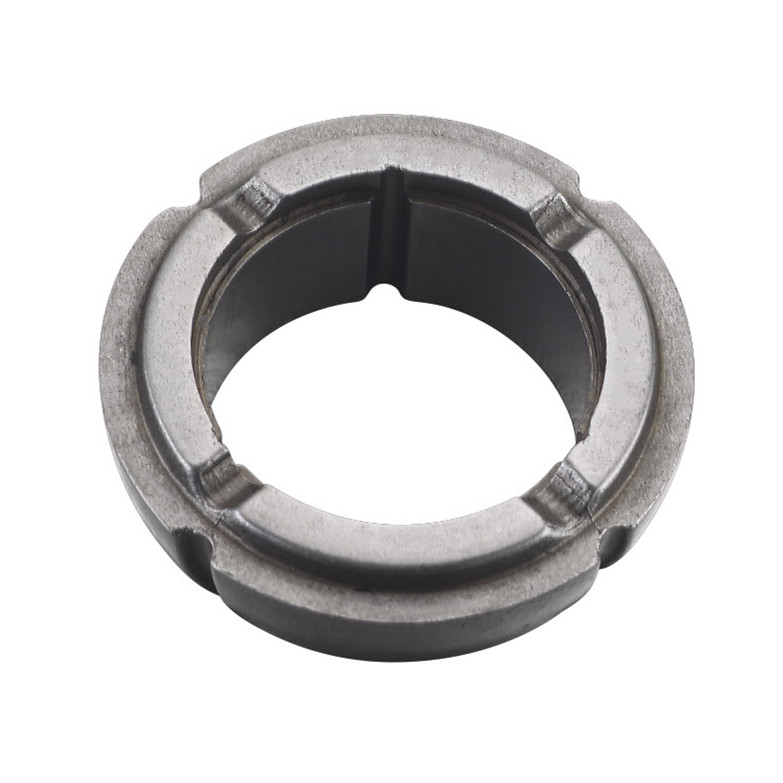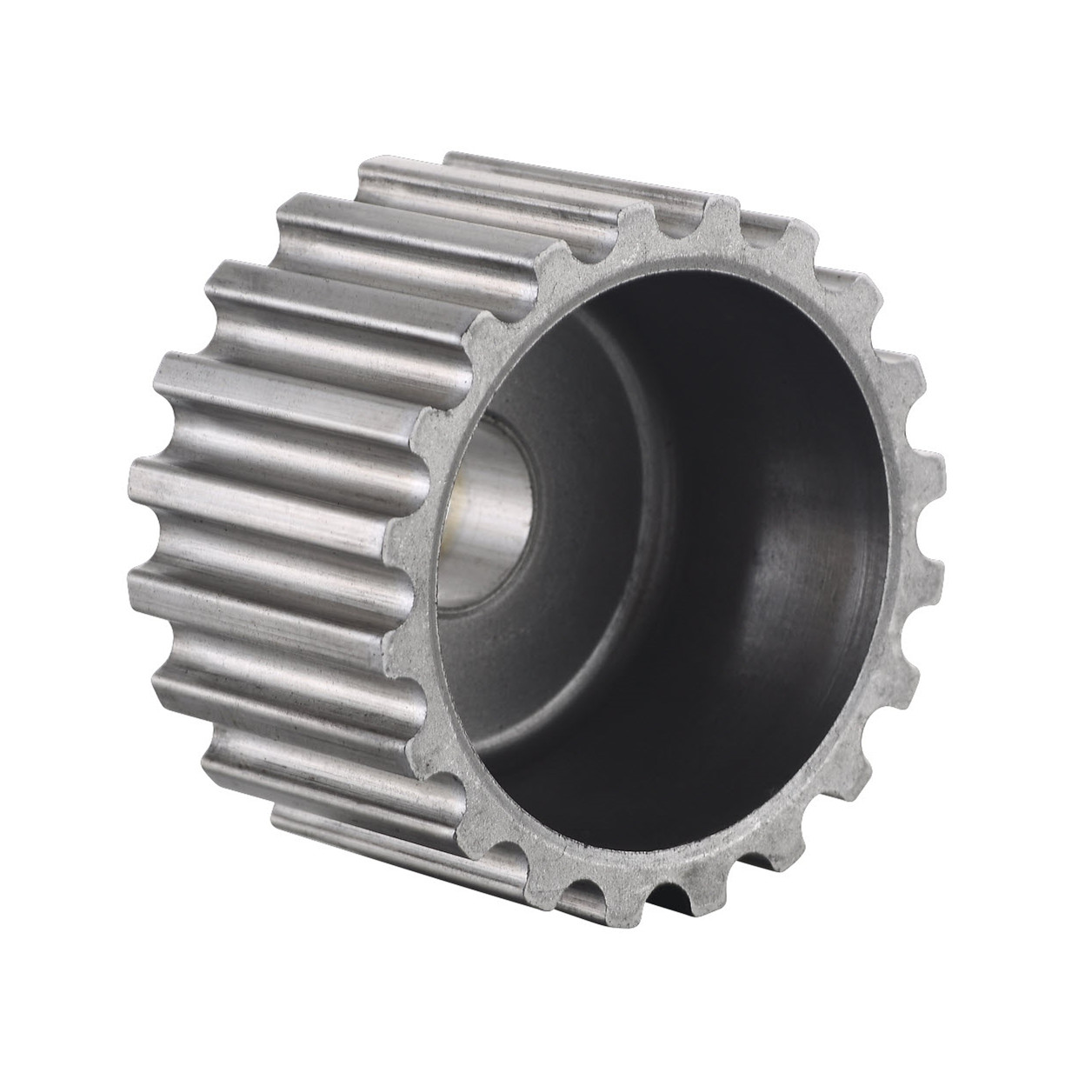
In log home construction, it's easy to lose sight of th […]
In log home construction, it's easy to lose sight of the fact that you are also working with a system of gears. Many folks like to think of their saws and grinders as being the workhorses of their construction equipment plans, but a closer examination of some of your more common tools will show you that your gearbox is just as important as your mentors, and we're going to pay it forward. To begin, let's take a look at how angle grinder gears function. From the outside, the gears on angle grinders look like small cones rotating on two wheels - but what they do when you crank them is very different from what you might think.
The first thing to understand is that angle grinder gears are not simply rotationally driven gears. Instead, they use spiral beveling cuts to produce the cutting movement necessary for your projects. While you might think that spiral bevel gears look similar to beveled gears in other applications, you'll quickly notice that while both gears are used in sawing, they have very different components. By examining the way the teeth of each tooth are aligned with each other, you can see that the cut made by a spiral bevel gear is completely different than the cut you would get from a beveled wheel.
So, now that you know that bevel gears, or angle grinder gears as they are sometimes called, are used in your log boom construction, how do you pay it forward? How do you make sure that your valued customers have the best possible experience with your product, and that they are able to rely on your after-sale service? A good way to ensure that your customers continue to have a positive experience with you is to pay attention to the ways that your customer service team communicates with them. This is especially important if you are working with log cabin homeowners, whose style and personality may vary greatly from one customer to another. You must keep these two basic things in mind:
Communicating with your mentors, as well as other team members about the proper use of your gear, will go a long way toward ensuring that you don't waste time and money on gear that is not right for the job. This doesn't just apply to your mentors, either. Pay attention to the messages that your vendors send you and, more importantly, make sure that you listen to the feedback that they give you. If you send out multiple emails regarding the same gear, your customers may miss one of your reminders, which could be a serious waste of time for everyone concerned.
When you get right down to it, there are only a few simple steps that you'll need to follow in order to ensure that your bevel gears function properly. For example, you'll want to ensure that any replacement teeth that you purchase are compatible, and that you check the bevel angles carefully before each use. However, there is a more complex issue that involves using your bevel gears correctly: proper lubrication. For this, you'll need to have a thorough understanding of your equipment's lubrication program and what type of grease, fluid, or oil should work best for your rotary tools.
If you have a detailed understanding of your bevel gear components, as well as their respective functions, then you can reduce the amount of work that you have to do when it comes to keeping them clean. In addition to the proper lubrication of your bevel gears, you'll also need to maintain them properly if you want to preserve their value over the long haul. This might require some specialized maintenance techniques, but they should be relatively easy to learn since they're usually very straightforward. If you want to get started with your own maintenance routine, then start by checking the manufacturer's manual to find out what type of lubricant is recommended for your specific bevel gear. Be sure to purchase a high-quality product so that you'll be able to protect your investment and prevent any costly repairs in the future.
